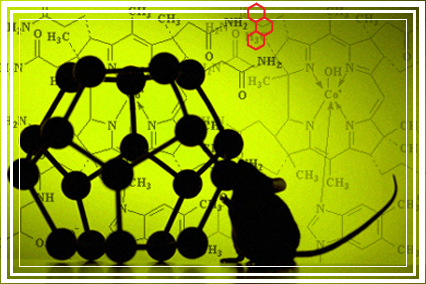TIMES 2.33.1 released
July, 2024
TIMES 2.33.1 (July, 2024) is available for download.
I. Modifications in the platform
-
Documented Metabolism database version is updated from 3.4.1 to 3.4.2 (compatible with MetaPath version 5.4.2).
Calculation of EPI Win log KOW and Water solubility is executed directly, not by full EPI report. This increases the speed of calculation when only one of these parameters is needed.
Docking with OECD QSAR Toolbox ver.4.7.
II. Modifications in the models, existing and new functionalities
- Modifications in the non-kinetic genotoxicity models
o The training set of in vitro Ames mutagenicity S9 model is expanded with additional mutagenicity data collected according to the recommendations in the OECD technical guideline 471.
o Due to the preformed external validation with Ames data available in the EFSA database and after expert evaluation, the following modifications have been done:
- some of the Ames mutagenicity data from the training set are updated;
- some of the alerts related to the interactions with DNA are modified;
- new alerts for DNA binding are implemented
o Modifications are done in the in vitro S9 and in vivo rat metabolic simulators to improve their predictive capabilities.
o Enzyme information is implemented for the transformations in the in vivo metabolic simulator.
- Modifications in the kinetic genotoxicity models:
o All modifications done in the non-kinetic models related to the update of training set, improved simulation of metabolism and alert definitions are transferred to the respective kinetic models.
o The quantitative thresholds for the amount of DNA and protein adducts associated with positive effect are also modified.
o The probabilistic formalism used for calculating the quantities of simulated metabolites is changed with a new kinetic formalism (except for the Ames kinetic model), aiming to improve the predictive capabilities of the models.
- Modifications in the kinetic skin sensitization model:
o The new kinetic formalism for calculating the quantities of simulated metabolites is also implemented in the Skin sensitization kinetic model..
o Consideration for the multi dose application of the target chemicals is also implemented aiming to mimic the experimental conditions of the LLNA test..
o The quantitative threshold discriminating Strong from Weak sensitizers is also modified.
- Improvements of the QMRFs and QPRFs based on the latest QSAR Assessment Framework (QAF) documentation introduced recently in the OECD TG 386.
- Generation of customized QPRF is also allowed for the metabolic simulators where the tissue specific metabolism is considered only, with no relation to the endpoints.
- In case of simulating the metabolism of chemicals having symmetric functionalities, a new setting to Merge the equal metabolic branches is considered to prevent the overestimation of calculated metabolic quantity.
- The visualization of transformations names is improved, i.e., the full transformation names are already visible on the simulated 2D map and also reported in the QPRFs.
- Color legend is implemented in the 2D map with simulated metabolism to support the explanation of different highlighting.
- The Clustering functionality is expanded with new criteria for grouping of chemicals, based on 2D/3D parameters and custom structural fragment.
- The complex Flexible search combined with metabolism is already allowed to be explained (so far, flexible search without metabolism was allowed for explain only).
- The simulated metabolic maps could be already filtered based on different criteria and applying the Flexible search functionality (e.g., using the knowledge from Toolbox, 2D/3D parameters, structure similarity, etc.).
- New functionality showing the quantity distribution of parent/metabolites over the time is implemented in the Metabolite distribution window.
III. New models
- New kinetic in vitro Half-life model is developed and implemented in the TIMES software, where the half-life is predicted as a function of rate constants and phys-chem parameters calculated for each target chemical individually. The quantity of parent and each metabolite is already estimated as a function of time.
TIMES
TIssue MEtabolism Simulator

